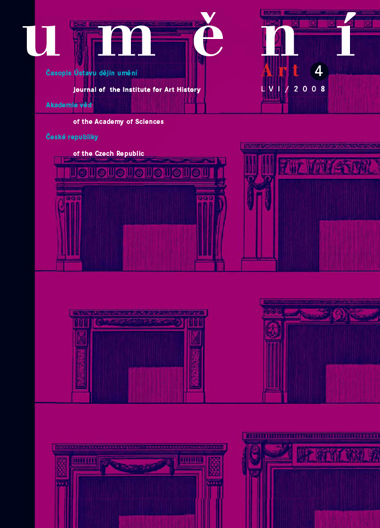Dalibor Veselý
Surrealism and the Latent Reality of Dreams
The main theme (of the text) is the nature of dreams, opening up the question to what extent the remembered dream is accessible only in the waking state, which inevitably influences and transforms the dream. The transformation of the nature of dreams plays an important role particularly in the sphere of art, where dreams are expressed not only in words, but also visually. In the history of modern art we hear about the interpretation of dreams, based on the assumption that dreams have their source in personal experience understood as unconscious or subconscious. In current thinking both terms have lost their relevance in favour of a new understanding of consciousness, its hierarchy and depth. The new understanding of dreams is based on the assumption that a dream is part of the consciousness of the articulated world. We should not therefore search for the reality that dreams reveal in the isolated depths of personal life, but in the spontaneously acquired and articulated reality of our being in the world. This can be well demonstrated by the paintings of Salvador Dalí, Max Ernst and others. This leads to a question already raised by André Breton: 'No author has so far addressed clearly the fundamental question of what happens in dreams with time, space and causality.' Štyrský's dreams represent a unique opportunity to see what happens on the boundary between the remembered dream and reference to the original dream on one side, and its representation in words or visually on the other. The key to Štyrský's collection of dreams is the history of his childhood. A second key is to be found in his own words in the introduction to the collection, which he defines as: 'the birth of the work from the sources of the mental models of a record made when half-awake, by means of faithful illustrations of dream objects and genuine dreams.' The reference to the models of a record made when half-awake represents a conscious interpretation of a dream on the border between the semi-consciously grasped dream and its creative interpretation. The nature of the result can be better understood on the level of the latent world than on the relatively limited and problematic level of the personal 'unconscious'.
Full-text in the Digital Library of the Czech Academy of Sciences:
https://kramerius.lib.cas.cz/uuid/uuid:23a6f85c-3e71-a927-e030-2f48a01306fc
< back

